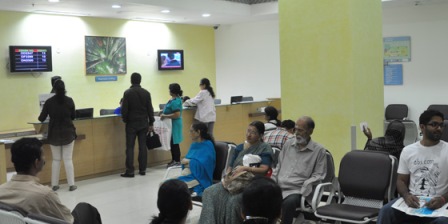Healthcare costs rise every year in India – as do infectious diseases and lifestyle disorders. Instead of shelling out money from your pocket to pay high hospital and medicine charges, you could have a good health plan backing you up. A good health insurance policy allows you access to quality treatment witout delay, and you don’t have to pay the high costs of surgery, hospital room rent, medicines, doctor fees, and so on.
Mulling over buying a new health policy this year? Read on.
What to consider
- If you’ve selected the best policy: Always choose reputed health insurance companies (a quick Google search will show you the year’s Top 5). This is important whether you buy an individual plan or a family one. Reputed companies offer competitive premiums, easy buying processes and faster pay-outs when you raise a claim.
- Choose the right coverage amount: The best plan is one that gives you and your loved ones sufficient coverage when a health emergency strikes. Here’s a rule of thumb when it comes to deciding the coverage amount: it must be at least 10 times your annual income at any point in time. The health insurance plan must allow you to revise the coverage to account for future inflation and/or changes in your family’s needs. If buying a high coverage plan results in a high premium that you cannot afford, then choose a coverage you can afford this year and invest in a super top up plan from the same insurance provider. The super top up offers additional coverage with affordable premiums.
- Check the claims process and settlement ratio: The insurance provider must offer an easy settlement process – you will not have the time or inclination to jump through several hoops to get your claim settled while you battle a health emergency – and a high claim settlement ratio. A Google search will reveal the companies with the highest claims settlement ratio (this should be as close to 100% as possible). Also check if the company pays the coverage amount only after hospitalisation or immediately after an ailment is diagnosed.
- The waiting period: Every health insurance plan in India has a waiting period during which no claim is paid. The waiting period comes right after policy purchase, and may range from one month to three months to even one year.
- Hospitalisation cover limits: The health policy document will list if there are any limits on pre- and post-hospitalisation expenses, and what they are. Check carefully before buying health insurance this year.
(Picture courtesy https://navi.com/blog/wp-content/uploads/2021/12/best-health-insurance-plans.jpg)

